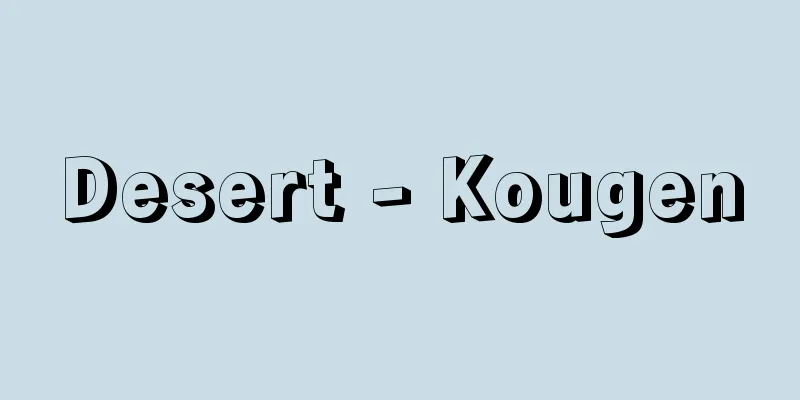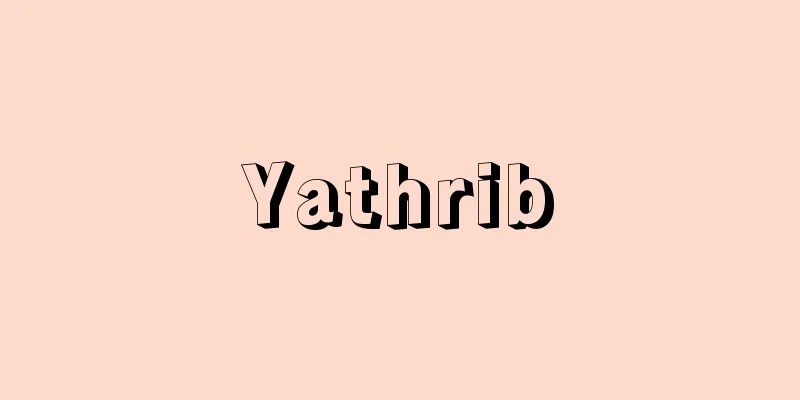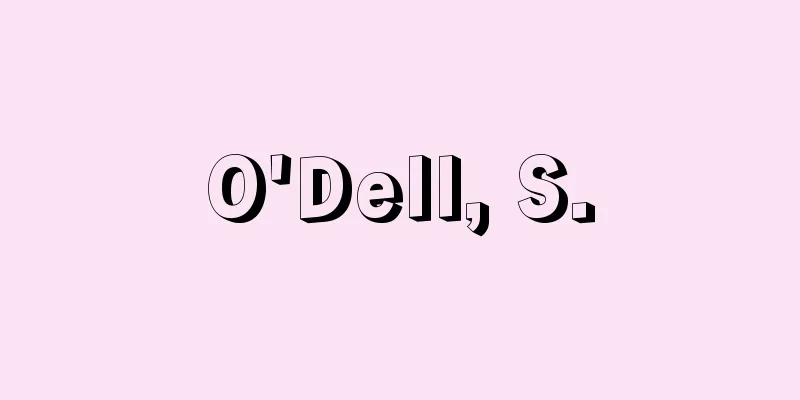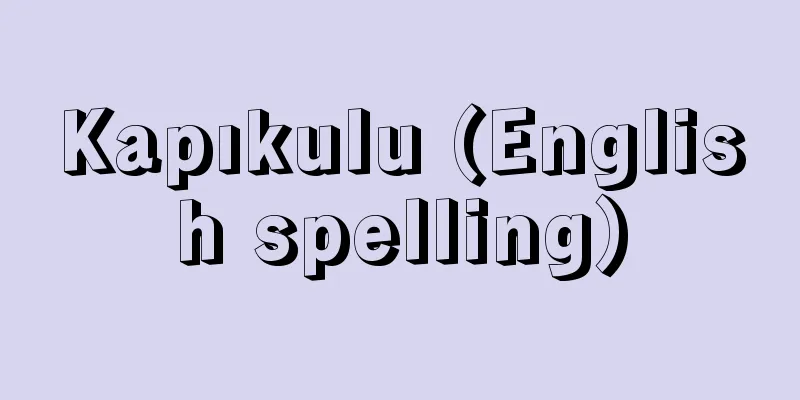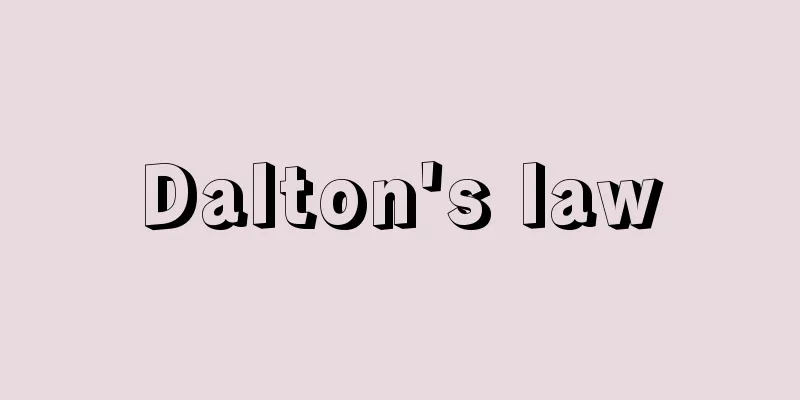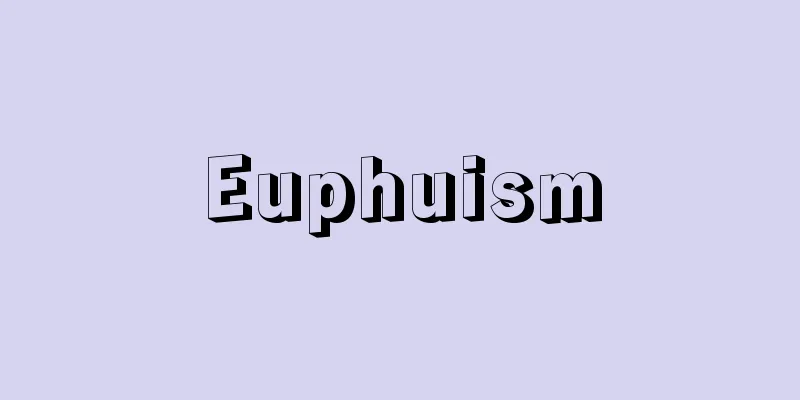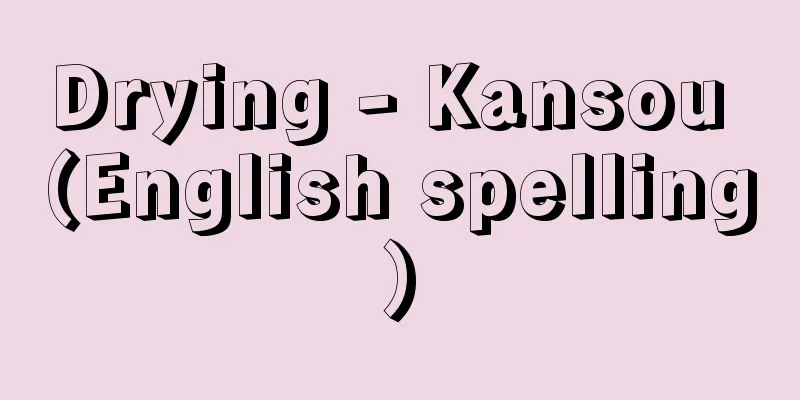Cerebral Aneurysm

|
[What kind of disease is it?] This is a disease in which part of the wall of a brain artery bulges like a lump or balloon. When the bulging part of the artery can no longer withstand the pressure (blood pressure) from inside the artery and bursts (cerebral aneurysm rupture), it results in subarachnoid hemorrhage. It is thought that in most cases, there is a weak part in the wall of the artery from birth, which gradually bulges like a lump due to pressure from blood pressure (congenital), but it can also occur due to arteriosclerosis of the arteries of the brain, bacterial infection of the arteries of the brain, head trauma, etc. (acquired). [Symptoms] Usually, when a cerebral aneurysm occurs, no symptoms appear, but in rare cases, a large cerebral aneurysm may compress the oculomotor nerve, causing symptoms such as a drooping eyelid on one side (ptosis). However, most cases burst suddenly without any warning. Symptoms of a ruptured cerebral aneurysm: A sudden subarachnoid hemorrhage (subarachnoid hemorrhage) occurs, including a severe headache as if you have been hit with a bat, vomiting, convulsions, and impaired consciousness. Also, people who have had a subarachnoid hemorrhage and feel fine for a while may suddenly become unwell a few days later, suffering from paralysis of the limbs and speech disorders such as slurred speech. This is a symptom of the blood vessels in the brain narrowing due to bleeding (cerebral vasospasm), causing insufficient blood flow to the brain (cerebral ischemia). Furthermore, after some time has passed, dementia, difficulty walking, urinary incontinence, etc. may occur. These are symptoms of normal pressure hydrocephalus, which occurs when the flow of cerebrospinal fluid becomes poor due to subarachnoid hemorrhage, causing the ventricles to enlarge due to the accumulation of cerebrospinal fluid. [Testing and diagnosis] Once a subarachnoid hemorrhage has been confirmed by CT, a cerebral angiogram is performed to look for aneurysms. There are four arteries that supply blood to the brain (two internal carotid arteries and two vertebral arteries), and since cerebral aneurysms can occur multiple times, all four must be examined. Although it is somewhat painful as contrast medium is injected into the arteries, cerebral angiography is a necessary test to look for aneurysms. Recently, with the advent of MRI-based cerebral angiography, the number of cerebral aneurysms found in an unruptured state is increasing. [Treatment] Even if the bleeding from a ruptured cerebral aneurysm stops temporarily, if it is left untreated, it may re-bleed and become life-threatening. A cerebral aneurysm is like a time bomb that will burst at any time. Therefore, if the condition permits, it is better to have surgery before re-bleeding occurs. ◎ Treatment when an aneurysm ruptures ●SurgeryThe main purpose of surgery is to prevent rebleeding. The most reliable treatment is clipping, which involves opening the skull and attaching a metal clip to the base of the aneurysm. When clipping is not possible due to a problem with the shape of the aneurysm, the entire aneurysm may be hardened with a special glue (coated). ● Prognosis after surgery It is possible to treat hematomas (blood clots), enlargement of the ventricles, and cerebral edema during surgery, but surgery cannot repair the parts of the brain that have been damaged by bleeding. For this reason, the prognosis varies greatly depending on the extent of the bleeding. In mild cases, patients can be discharged from the hospital in about four weeks and can return to society. In severe cases, patients may suffer from hemiplegia or aphasia (see "Stroke Aftereffects and Rehabilitation"). Speech disorders caused by stroke " and other aftereffects, requiring several months of rehabilitation. In the unfortunate event that the patient becomes bedridden, it is not uncommon. ●Surgery cannot be performed if the patient's condition is too poor when undergoing treatment , or if the condition is gradually worsening, or if the patient has cerebral blood vessels undergoing spasm, etc. In this case, it is normal to keep the patient at complete rest, administer medication to lower blood pressure and intracranial pressure, and wait until the condition stabilizes. ●Intravascular surgery In recent years, intravascular surgery has become popular to treat cerebral aneurysms without incision. A thin tube (catheter) with a diameter of about 0.5 mm is sent from an artery in the thigh to the cerebral aneurysm, and a platinum coil is inserted into the aneurysm through the catheter to seal it off so that it does not burst. Until now, this has mainly been performed on cerebral aneurysms in areas where surgery is not possible. Although long-term results have not yet been obtained, improvements to catheters and coils have been made, and it is expected that in the future this will become a treatment method that replaces open surgery. ●Treatment for normal pressure hydrocephalus: Surgery is performed to connect the ventricles and peritoneal cavity (V-P shunt), or the lumbar subarachnoid space and peritoneal cavity (L-P shunt) with an artificial tube (shunt) to allow cerebrospinal fluid to flow into the peritoneal cavity, preventing cerebrospinal fluid from accumulating in the ventricles. Treatment for unruptured cerebral aneurysms: The risk of rupture if left untreated is carefully weighed against the risks of surgery (surgical outcomes, complications, etc.) before deciding whether or not to perform surgery. Source: Shogakukan Home Medical Library Information |
|
[どんな病気か] 脳の動脈の壁の一部分が、こぶや風船のようにふくらんでくる病気です。 動脈の内側からかかる圧(血圧)に耐えきれなくなって、動脈のふくらんだ部分が破裂(はれつ)(脳動脈瘤破裂(のうどうみゃくりゅうはれつ))すると、くも膜下出血(まくかしゅっけつ)(「くも膜下出血」)になります。動脈の壁に生まれつき弱い部分があって、血圧に押されて徐々にこぶのようにふくらんでくる場合がほとんどと考えられていますが(先天性)、脳の動脈の動脈硬化(どうみゃくこうか)、脳の動脈への細菌の感染、頭部外傷などが原因でおこることもあります(後天性)。 [症状] ふつうは脳動脈瘤ができても、なんの症状も現われないのがふつうですが、まれに、大きくなった脳動脈瘤に動眼神経(どうがんしんけい)が圧迫され、片側のまぶたが下がる(眼瞼下垂(がんけんかすい))などの症状が現われることがあります。しかし、大部分はなんの前ぶれもなく、突然破裂します。 ●脳動脈瘤が破裂したときの症状 バットで殴(なぐ)られたような激しい頭痛、嘔吐(おうと)、けいれん、意識障害などのくも膜下出血の症状(「くも膜下出血」)が突然、おこります。また、くも膜下出血をおこしてしばらくは元気だった人が、数日後に急に具合が悪くなり、手足のまひ、ろれつが回らないなどの言語障害が現われてくることがあります。これは、出血のために脳の血管がきゅーっと細くなり(脳血管れん縮(しゅく))、脳に十分な血液が流れなくなっている(脳虚血(のうきょけつ))ときの症状です。 さらに、時期が経過してから、認知症、歩行困難、尿失禁(にょうしっきん)などがおこってくることもあります。これは、くも膜下出血のために脳脊髄液(のうせきずいえき)の流れが悪くなり、脳脊髄液がたまって脳室が大きくなった正常圧水頭症(せいじょうあつすいとうしょう)の症状です。 [検査と診断] CTでくも膜下出血を確認したら、脳動脈瘤を探すために脳血管撮影が行なわれます。 脳に血液を送っている動脈は4本(2本の内頸動脈(ないけいどうみゃく)と2本の椎骨動脈(ついこつどうみゃく))あり、脳動脈瘤が多発していることもあるので、4本すべてを調べなければなりません。動脈に造影剤を注入するので多少の苦痛をともないますが、動脈瘤を探すために脳血管撮影は、必要な検査です。 最近はMRIを用いた脳血管撮影が行なわれるようになって、未破裂の状態で見つかる脳動脈瘤が増えています。 [治療] 破裂した脳動脈瘤からの出血は一時的に止まっても、そのまま放置すると、再出血し、生命にかかわる危険が高いのです。脳動脈瘤は、いつ破裂するかわからない時限爆弾のようなものなのです。したがって状態が許せば、再出血をおこさないうちに手術をしたほうがよいのです。 ◎動脈瘤が破裂したときの治療 ●手術 手術を行なう最大の目的は、再出血の予防です。 開頭して、動脈瘤の根もとにクリップという金具をかけるクリッピングがもっとも確実な治療です。 動脈瘤の形などに問題があって、クリッピングができないときは、動脈瘤全体を特殊なのりでかためることもあります(コーティング)。 ●手術の予後 血腫(けっしゅ)(血液のかたまり)、脳室の拡大、脳浮腫(のうふしゅ)に対する処置を手術のときに行なうことは可能ですが、出血によって破壊された脳の部分を手術で治すことはできません。このため、出血の程度によって、予後が大きく変わってきます。 軽症の場合は、約4週間で退院でき、社会復帰も可能となります。重症の場合には、からだの片側のまひや失語症(しつごしょう)(脳卒中の後遺症とリハビリテーションの「脳卒中でみられる言語障害」)などの後遺症(こういしょう)が残り、数か月のリハビリテーションが必要になることもあります。また、不幸にして寝たきりになることもまれではありません。 ●手術ができないときの治療 状態があまりにも悪い、あるいは状態がしだいに悪くなる、脳血管がれん縮(しゅく)をおこしているなどの場合には、手術ができません。この場合は、絶対安静を保ち、血圧や脳圧を下げる薬を使用して、状態が落ち着くまでようすをみるのがふつうです。 ●血管内手術 最近は、切らずに脳動脈瘤を治そうという血管内手術が普及してきました。大腿部(だいたいぶ)の動脈から直径0.5mmほどの細い管(カテーテル)を脳動脈瘤まで送り、この中を通して、プラチナのコイルを瘤内につめ、破裂しないように塞(ふさ)いでしまいます。これまでおもに手術のできない部位の脳動脈瘤に行なわれてきました。まだ、長期的な結果が出ていませんが、カテーテルやコイルの改良も進み、将来は開頭手術にかわる治療法になることが予想されます。 ●正常圧水頭症(せいじょうあつすいとうしょう)をおこしたときの治療 脳室と腹腔(V‐Pシャント)、あるいは腰髄(ようずい)くも膜下腔と腹腔(L‐Pシャント)を人工の管(シャント)で連結させて腹腔に髄液を流し、脳室に脳脊髄液がたまらないようにする手術を行ないます。 ◎未破裂の脳動脈瘤の治療 手術をせずに放置して破裂した場合の危険性と、手術をした場合のリスク(手術成績や合併症など)の兼ね合いを慎重に検討し、手術をするかどうか判断します。 出典 小学館家庭医学館について 情報 |
>>: Cerebral arteriosclerotic psychosis
Recommend
Honmatsuseido - Main branch system
This was a system by the Edo Shogunate to organiz...
Kinerokukai
…As of the end of 1983, 566 meetings had been hel...
Kugusuge - Kugusuge
...The main species of Cyperus spp., such as Cype...
Amazon Bandfish - Amazon Bandfish
…A large freshwater fish from South America. Arow...
Hims
...A city in western Syria on the east bank of th...
Varakhsha (English spelling)
The remains of a capital city (mainly from the 6th...
Ichikawa Danshiro
Kabuki actor. There are four generations. The stag...
Stone sickle - Ishigama
A type of ground stone tool. It is a stone tool m...
Orkhon [river] - Orkhon
A river in Mongolia. It originates in the Khangai ...
Eastern Japan
A geographical concept of Japan before the modern ...
Geheime Staatspolizei
...Geheime Staatspolizei, the secret state police...
Ibn Rushd
1126‐98 A leading philosopher and physician in the...
Were [river] - Were
The Congo River is the largest river in the world...
Rehn, LM (English spelling)
... refers to surgical treatment for diseases of ...
Gaulard, L. (English spelling) GaulardL
…Westinghouse saw the future potential of AC tech...
